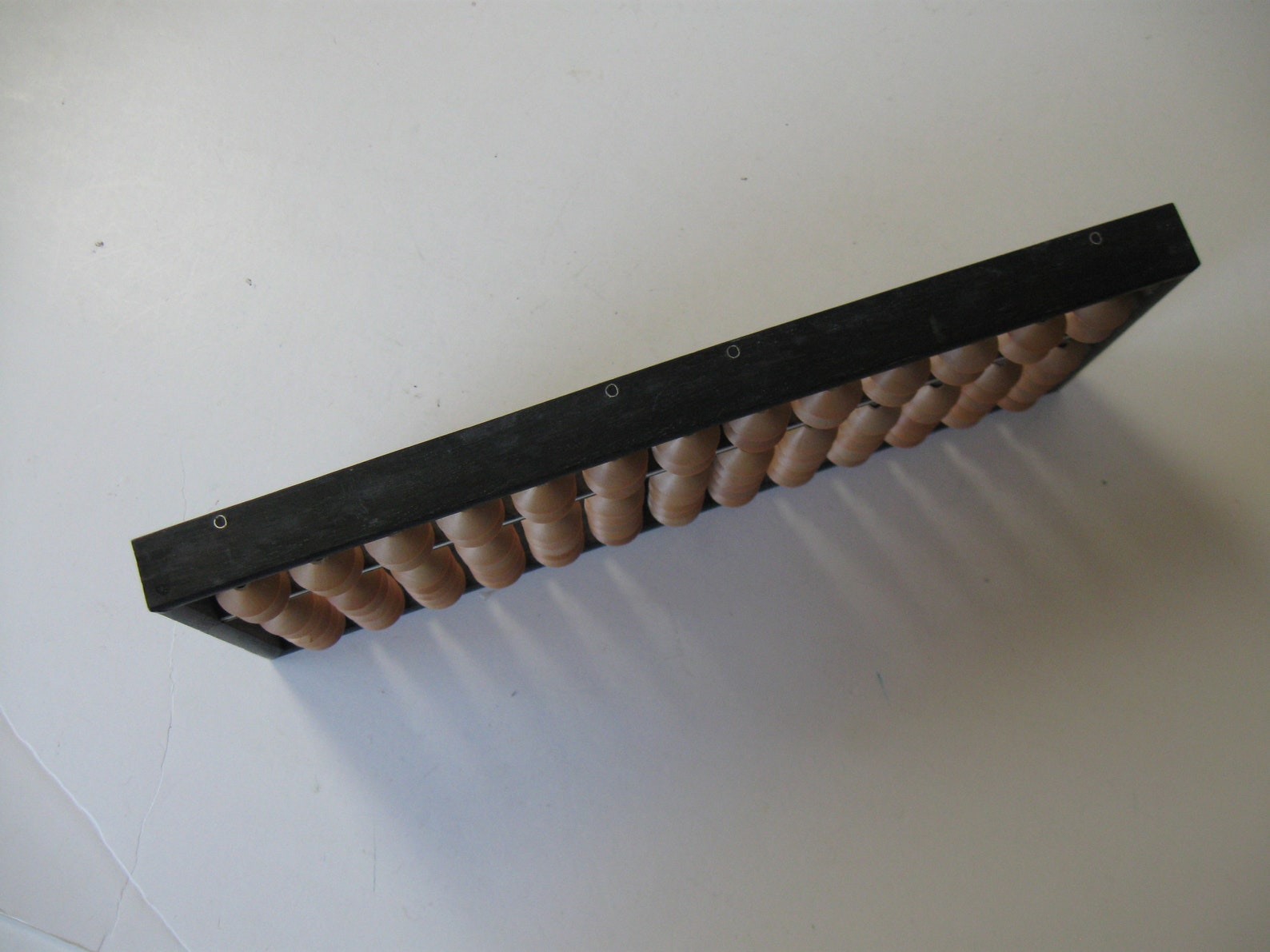
Next, we cannot add 4 directly, so we add 5, then return 1.Ĭredits: The images in this post were taken from the Mr.Giorgio Arcidiacono Online Virtual Abacus. We cannot subtract 6 directly, but we can subtract 10 and then return 4. We represent 13 by moving one 1-unit counter in the tens place and three 1-unit counters in the ones place. So, we return the 5-unit counter and then move up one 1-unit counter. The next problem is we cannot subtract 4 directly. The centuries-old abacus, once a common tool in many countries, has now been abandoned around the world. These are functions of the left hemisphere of the brain. Math involves logic, thinking and following rules of operation while doing addition, subtraction, multiplication and division. So, we add 1-unit counter in the tens place as shown in the next figure. We use the soroban, a Japanese abacus, as our tool to help children understand and build valuable mind math skills that stay with them for the rest of their lives. We cannot add 6 directly, but we can add 10 and then subtract 4. We represent 7 by moving one 5-unit counter and two 1-unit counters. This gives a final answer of three 1-unit counters which mean that the answer is 3. We cannot subtract 3 directly, so we subtract 5 by returning the 5-unit counter and then add two by moving 1-unit counters up. This gives a final answer of two 1-unit counters and one 5-unit counter which equivalent to 3 + 4 = 7.įirst, move the 5-unit counter down in the ones place and one 1-unit counter up in the ones place to represent 6. Since we added 5 instead of 4, we return one 1-unit counter down (indicated by the red arrow). We cannot add 3 + 4 directly, so we move the three 1-unit counters up and the 5-unit counter down in the ones place to represent 3 + 5. The examples below will only give you an overview of how calculations are made and some of the strategies used. An abacus is also sometimes called a counting frame. Beads are strung on each rod and can slide up and down freely. The top ball multiplies the value of the number position. The abacus is divided into two parts, with one ball at the top and four balls at the bottom.


On the Soroban abacus, each column represents the ones, tens, hundreds, thousands and tens of thousands from right to left. An abacus typically consists of a rectangular wooden rack holding vertical rods. Soroban is an online game for practising with a virtual Japanese abacus. Note that although abacus is not needed in the calculations below since it can be done mentally, calculations done in abacus in real life involve large numbers or even those with decimals. An abacus is a counting device that consists of beads strung on wires and held in a frame.


 0 kommentar(er)
0 kommentar(er)
